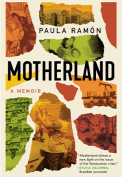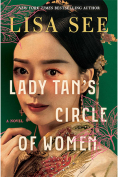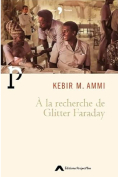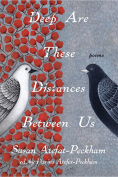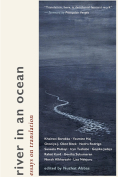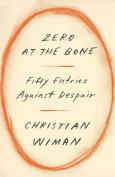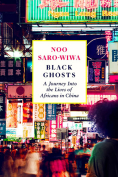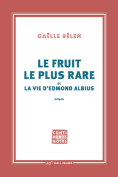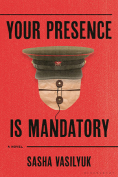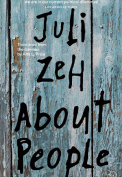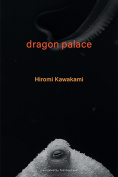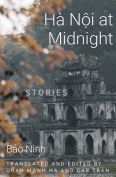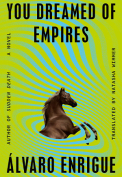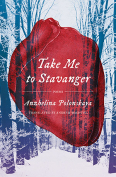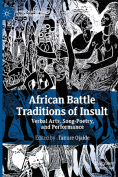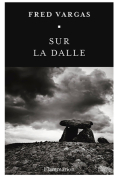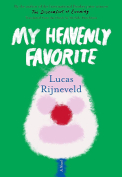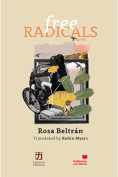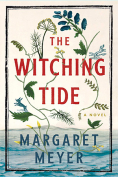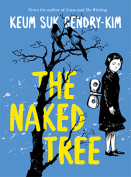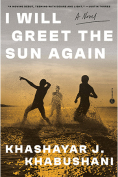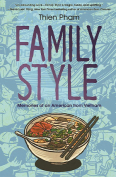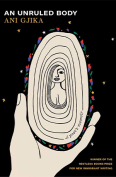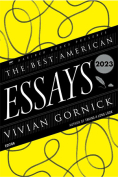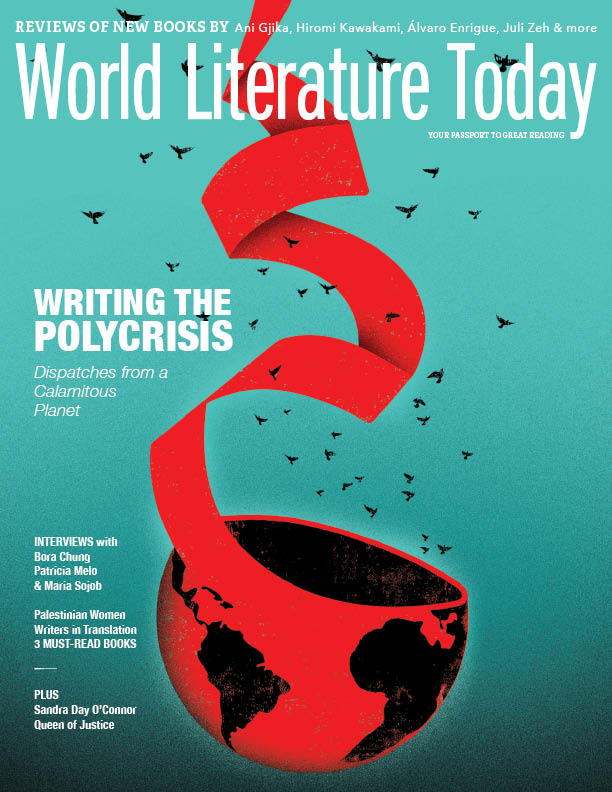Hà Nội at Midnight by Bảo Ninh
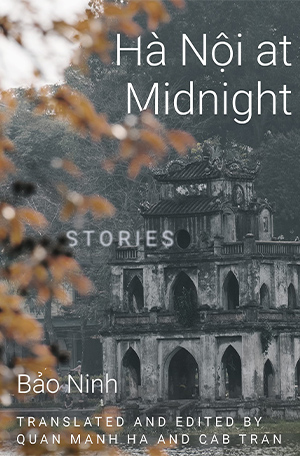 Lubbock. Texas Tech University Press. 2023. 182 pages.
Lubbock. Texas Tech University Press. 2023. 182 pages.
Bảo Ninh, a well-known Vietnamese writer, makes a long-awaited reappearance in English translation in this new short-story collection, speaking to literature’s power to unite people, both in the collaboration necessary for translating and publishing it, and in its ability to speak directly to the ephemeral beauty and terror of the human experience. Nearly twenty years ago, his novel The Sorrow of War, banned in Vietnam until 2006, became the first Vietnamese novel about the so-called American War to be translated into English. Dedicated to his comrades, Hà Nội at Midnight represents twelve of Bảo Ninh’s most highly regarded stories, published in Vietnam between 1987 and 2013, ten of which have never appeared in English. The two stories previously published in English translation, “The Secret of the River” and “Untamed Winds,” were retranslated at the author’s request.
This is the second book in the Diasporic Vietnamese Artists Network (DVAN) series. DVAN is an organization that Isabelle Thuy Pelaud and Pulitzer Prize–winning author Viet Thanh Nguyen founded. Their decision to publish the work of an author who fought for Vietnamese reunification signals a pivotal moment in the healing and strengthening of relationships between Vietnam and the Vietnamese diaspora. Also crucial in paving the way for this publication is Quan Manh Ha and Joseph Babcock’s previous collaboration with Bảo Ninh. In brief, Bảo Ninh wrote the foreword and contributed a short story to Other Moons: Vietnamese Stories of the American War and Its Aftermath, which Ha and Babcock translated and published with Columbia University Press in 2020. That collaboration continues in this collection with Ha, a scholar, and now Cab Tran, a creative writer, working closely with the author.
Some readers may find Bảo Ninh’s layered themes and fragmentary style as showcased in Hà Nội at Midnight daunting, but discussion of these features, as addressed in the foreword and “A Note on the Translation,” can help readers overcome these challenges. However, an even better place to start is Bảo Ninh’s statement about the purpose of war stories written by post-1986 or Đổi Mới (“renovation” or “innovation”) writers in his foreword to Other Moons, mentioned above. He and writers of his generation focus on “how people lived and suffered during and after the war,” arguing that they “write to express their love for peace.” Quoting him in the foreword to Hà Nội at Midnight, Nguyễn Văn Thuấn of Huế University claims that Bảo Ninh successfully advocates for peace when he writes about war, and adds that Bảo Ninh combines poetic and meticulous description to depict “daily life in contemporary Việt Nam, unfulfilled promises, domestic conflicts, and romantic love.” In their note on the translation, Ha and Tran assert that they have preserved the poetry and sense of humor in his voice in an accessible form in English. In particular, their retention and negotiation of shifts between “first person, third-person omniscient, or third-person limited” in order to offer multiple perspectives on the action, while revealing the innermost thoughts of the characters, is a significant achievement.
A summary of “301,” the third story in the collection, gives readers a taste of the stories in Hà Nội at Midnight. In “301,” a veteran finds a photo of his comrades with Tank 301 behind the counter at a café in southern Vietnam on his way to Nha Trang twenty years after the war. The café owner sees him react to the picture and expresses her delight that he has come back. This happy moment shifts to a flashback of the chaos that the ending of the war brought. With the next break in the text, the narration shifts to third person to recount the day this woman, a young girl at the time, met soldiers from the north who disrupted her notions of their supposed barbarity by behaving politely when they stopped by her house to repair Tank 301 and asked for some water to drink. She served tea and they discussed their dreams for peace. To commemorate this pleasant encounter in the midst of war’s horror, she took a photo of them with their tank. Finally, in first person, the veteran reveals that the café owner mistook him for one of his comrades. This photograph is the first he has seen of them since they got separated a few weeks before they stopped at her house. Was this a chance encounter or did their mutual need for closure bring them together?
Taken as a whole, these stories show the different ways that war alters people but also poignantly communicates that life continues, in all its complexity, in the midst of war.
Janet Graham
University of Nebraska at Kearney
